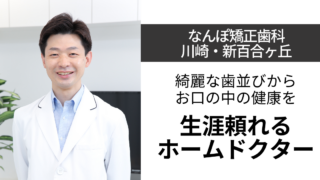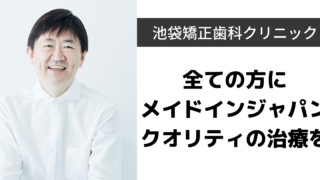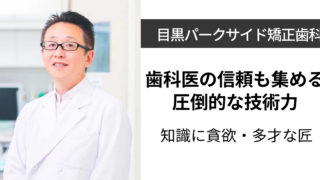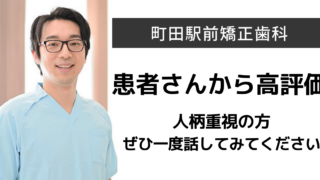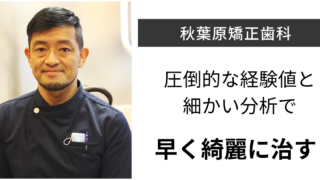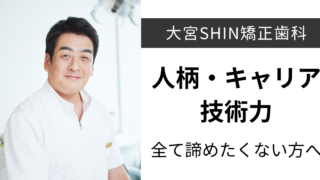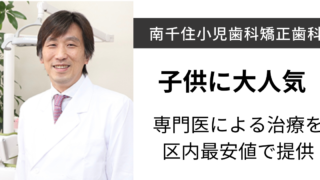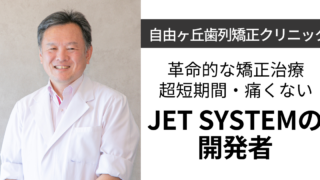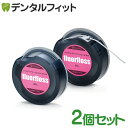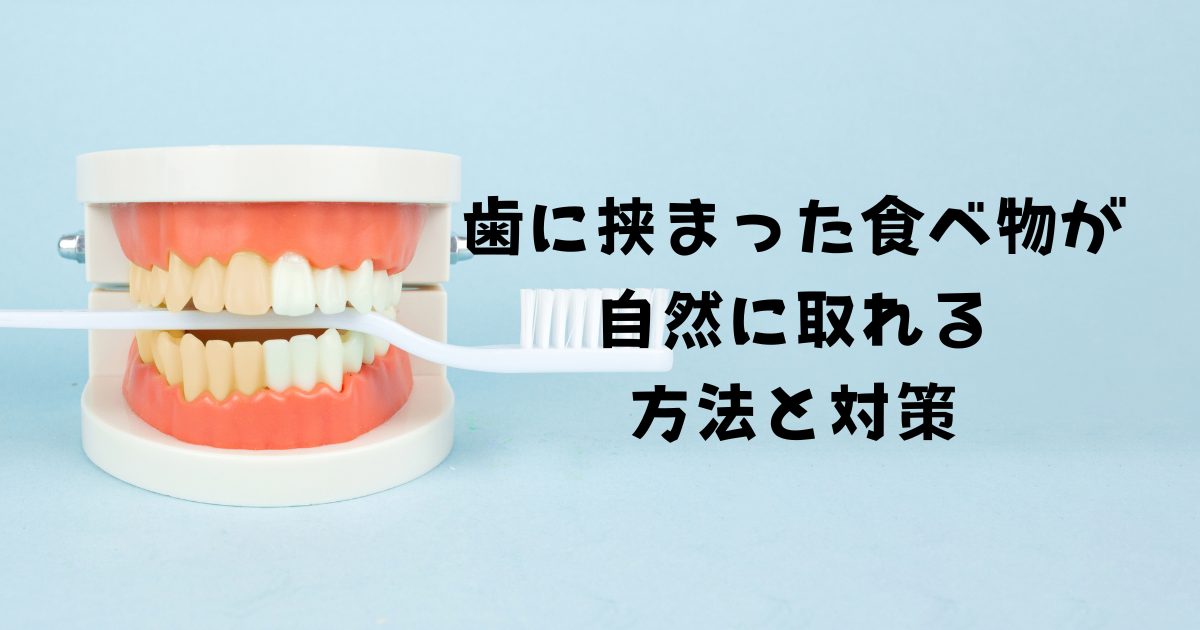
How to remove food stuck in teeth naturally and how to prevent it - Secrets for safe and effective care.
When food gets caught in the teeth, there is a feeling of pressure and discomfort that is bothersome.
It is also very important to know how to take care of your teeth safely and effectively, because food caught in the front teeth can be visually distracting.
This time,Can food caught in the teeth be removed spontaneously?We will discuss safe and effective care tips for removing food stuck in the teeth when it does not come off naturally, including how to easily remove food from the teeth at home and how to prevent it!
How to naturally remove food stuck in the teeth?

Food caught in the teeth may come off spontaneously when moving the lips or tongue or when drinking water.
However, it is important to note that depending on how it gets caught, it may not come off naturally and food may remain stuck in the teeth for a long time.
If food remains trapped all the time, it may cause a food fragment to be pushed into the gums, called a food fragment impaction.
In the case of healthy teeth, even if a food fragment indentation occurs, after a while the discomfort disappears and the trapped food may be thought to have been removed spontaneously,Be aware that over time, inflammation of the gums can cause pain, bleeding, and cavities.
Simple remedies at home for food stuck in teeth

Food stuck in the teeth can be removed using dental floss or an interdental brush.
ifIf you are unable to remove food stuck in your teeth by using dental floss or an interdental brush, have it removed by your dentist as soon as possible.
You may feel that a trip to the dentist's office for a food pinch is overreacting, but food that remains pinched can cause gum inflammation and tooth decay.
Use dental floss to get food stuck in your teeth.
Dental floss is a convenient self-care product that can be used regardless of the size of the gap between teeth.
Use dental floss by slowly inserting it between the teeth where food is trapped, as if pulling a saw, and moving it up and down along the teeth.
Remove food caught in your teeth as if you were using dental floss to entangle it.
Dental floss is,
F-shaped holder type
Y-shaped holder type
Roll type without holder (thread wound type)
There are three main types of
The roll type is easy to use on all jaws and can be conveniently used on areas with uneven teeth.
However, since the thread is wrapped around the finger, it is often difficult to use until one gets used to it.
For beginners, we recommend the Y-shaped holder type, which is easy to use to the back teeth.
There are also many types of dental floss threads.
For those who have tight gaps between teeth and have difficulty inserting dental floss, wax-coated dental floss is easier to use because it is more slippery.
Use an interdental brush to get food stuck in your teeth.
Interdental brushes are self-care products suited for areas with relatively large gaps between teeth.
Use by gently inserting it from the buccal side between the teeth where food is trapped and moving it back and forth.
Imagine using an interdental brush to push or tangle food out of your teeth and remove anything stuck in your teeth.
The key to choosing an interdental brush is to use one that fits the size of the space between your teeth.
Be careful not to force an interdental brush that is too large into the spaces between teeth, as this will damage the gums.
If you are unsure of the right size for you, we recommend that you seek advice from your dentist.
Preventing Objects from Getting Caught in Teeth
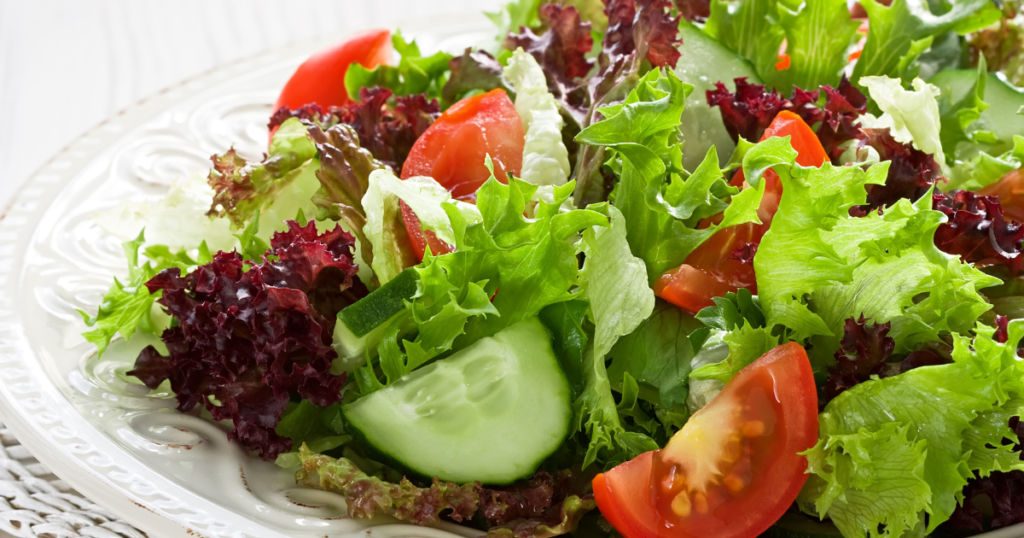
To prevent food from getting caught in the teeth, the following methods are effective
...to make better food choices.
... and receive treatment according to the cause at the dentist's office.
Make good food choices.
If you are concerned about food getting caught in your teeth, try to avoid fibrous foods and soft foods that can easily get caught in your teeth.
interpoint (interword separation)Leafy greens (chives, spinach, potherb mustard, etc.)
Enoki mushroom
Chicken, etc.
These foods tend to get caught in the teeth.
Since it is difficult to avoid these foods for the rest of your life, it is a good idea to be creative in your food choices when you want to avoid getting food stuck in your teeth when you are out and about.
If food gets caught in your teeth,Use dental floss or interdental brush to cope.It is recommended to do so.
Get treatment for the cause at the dentist's office.
There are many causes of food getting caught in the teeth, the main ones being
Sagittal teeth
Crowding (uneven teeth)
Incompatibility of coverings and fillings
Cavities
Periodontal disease
Have your dentist investigate the cause of food getting caught in your teeth and get treatment according to the cause.
They will be able to suggest remedies for the underlying cause of food getting caught in the teeth, such as orthodontic treatment if the problem is due to the alignment of the teeth, rebuilding a cap or filling, or treating tooth decay or gum disease.
It is also recommended that they be taught how to use dental floss and interdental brushes when food gets caught in their teeth.
Cases when food gets stuck in the teeth and the importance of consulting a dentist.
When food gets stuck in the teeth, the following cases should be discussed with a dentist
... I can't get food stuck in my teeth.
...Bad breath.
Gums are swollen.
Gums are bleeding.
...Pain in the gums.
...Gums are mushy.
...teeth are wobbly.
...I feel as if my teeth are floating.
Cold food stings on teeth.
If this is the case, food may be pushed hard toward the gums, causing problems due to food fragment intrusion, or tooth decay or gum disease may be present.
It is possible that an incompatibility with a covering or filling may have occurred, so see your dentist as soon as possible.
summary
Food caught in the teeth may come off spontaneously when moving the lips or tongue or when drinking water.
However, it is important to note that depending on how it gets caught, it may not come off naturally and food may remain stuck in the teeth for a long time.
If food gets stuck in your teeth, use dental floss or an interdental brush to remove it.
It is advisable to see a dentist when food stuck in the teeth is not removed with dental floss or interdental brush, or when there is bad breath or discomfort in the gums.
In 365dentist,
Consultation via dentist-operated open chat
Helping you find the right dentist
Useful columns about the mouth
to support your oral health and beauty!
If you have any concerns about your mouth, please feel free to contact us first via our dentist-operated open chat!
RELATED:Should I correct my double teeth? We will tell you how to treat them and how much it costs.
RELATED:What is the condition of beautiful teeth?
365dentist General Supervisor Dentist/Yukiko
Graduated from Nagasaki University School of Dentistry, ~2018 Kyushu Medical Center, 2018-present Working at a dental clinic in Tokyo
Supervisor: Dentist/Naomi
After completing clinical training, worked in cosmetic dentistry in Tokyo. Currently a dentist and dental writer.






